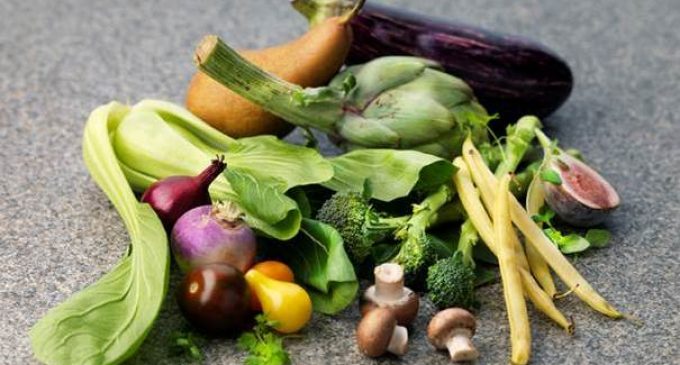Pasteurisation Kills Bacteria and Guarantees High Food Safety

The patented Micvac method is used by several producers of fresh convenience food. The process takes place in a number of stages, whereby the ingredients are cooked in a sealed pack and pasteurised in order to guarantee high food safety.
“The method kills bacteria while also preserving vitamins and the natural flavours of the ingredients,” says Fredrik Larsson, Technical Sales & Support Director at Micvac.
Pasteurisation entails heating the food up to a particular temperature for a certain amount of time, thus killing off any bacteria and microorganisms. In Micvac the food is heated to 98 degrees Celsius for two minutes, guaranteeing reduction of the harmful bacterium Clostridium botulinum.
“This bacterium is not always present, but it’s the one we aim to eliminate as it’s toxic even in small amounts. At the same time we also kill off any other bacteria, such as salmonella,” Fredrik Larsson explains.
Vacuum keeps the food fresh and safe
Following cooking/pasteurisation, the food is cooled from 98 to about 4 degrees Celsius and a natural vacuum is created, which means that there are no oxygen molecules. It is this vacuum that ensures the food stays fresh – completely without preservatives. Because there is no air or oxygen in the pack, bacteria cannot grow. The consumer can therefore rest assured that their convenience food is of a high standard of safety.
“The vacuum also makes it easy to see if anything has gone wrong in the process. If there’s no vacuum, it could be that the plastic film is not sealing properly, and we can quickly remedy the situation,” says Fredrik Larsson.
Tough on bacteria – easy on vitamins
The process is gentle on vitamins and flavours. Most vitamins, colours and flavours in vegetables, for example, are sensitive to temperature, which means they can turn greyish and lose their taste. Since the Micvac method only heats the ingredients for a very short time, all the tasty and healthy substances in the food are retained.
“We have conducted many different analyses to see how different nutrients cope in our process. For instance, vitamin C has proven to withstand the Micvac process with good results. The shorter the preparation process, the better it is for all the good stuff in the food,” Fredrik Larsson concludes.

































